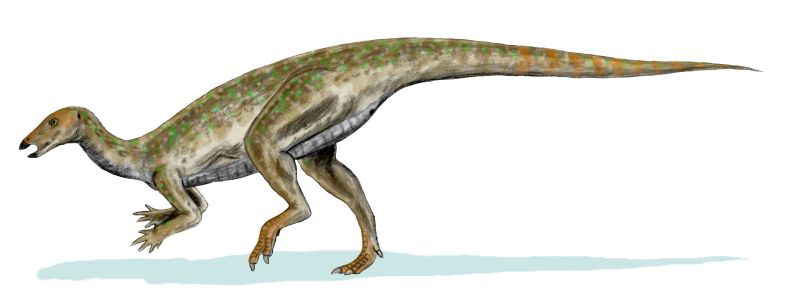The question of dinosaur intelligence and communication has fascinated paleontologists and the public alike for generations. While we often picture dinosaurs as primitive creatures with limited cognitive abilities, mounting evidence suggests some species may have possessed sophisticated communication systems. Though we cannot definitively prove dinosaur language existed, examining the brain structures, social behaviors, and evolutionary pressures of certain dinosaur lineages offers intriguing possibilities. This article explores the scientific evidence and theoretical frameworks that might support the development of language or symbolic communication in some dinosaur species during their 165-million-year reign on Earth.
Brain Architecture and Cognitive Potential
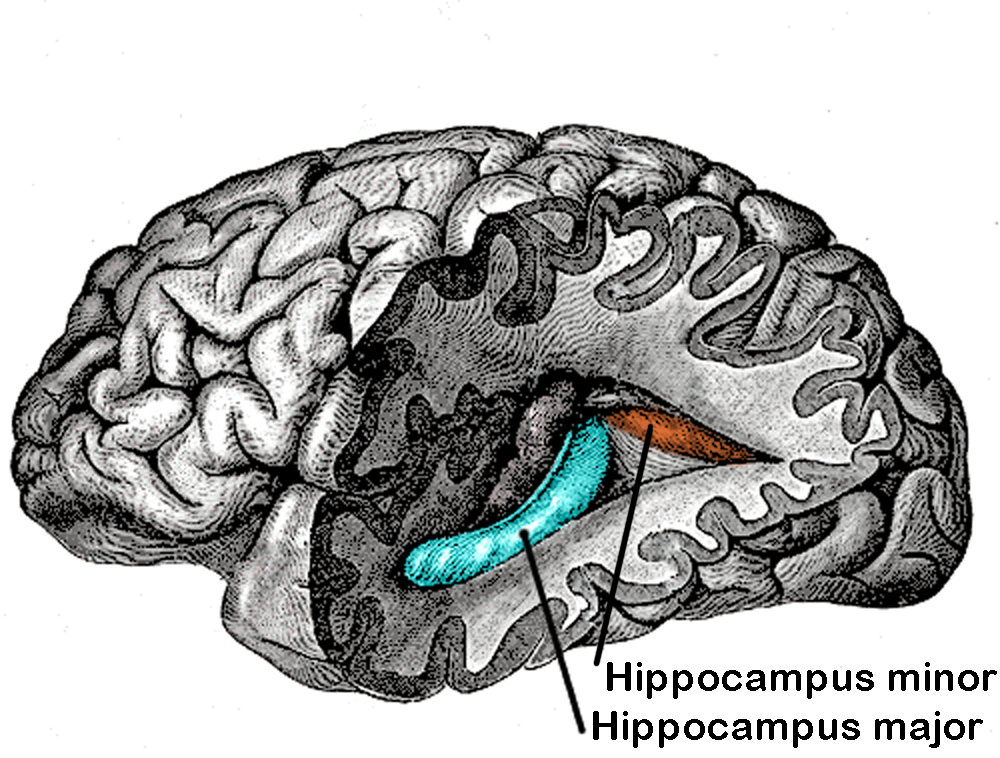
The endocasts of dinosaur skulls—molds of the brain cavity—provide our best window into dinosaur cognitive abilities. Certain theropod dinosaurs, particularly those in the dromaeosaurid and troodontid families (close relatives of birds), possessed relatively large brains compared to their body size. Studies of these endocasts reveal expanded cerebral hemispheres and well-developed optic lobes, suggesting enhanced sensory processing and potentially higher cognitive functions. The encephalization quotient (EQ)—a measure of brain size relative to body size—of some smaller theropods approached that of modern birds, which are known for their complex communication systems. These neuroanatomical features don’t prove language capabilities but establish that some dinosaurs possessed the neural hardware potentially necessary for processing complex communication signals.
Social Complexity and Communication Needs

Social structures often drive the evolution of communication systems, with more complex societies requiring more sophisticated ways to share information. Fossil evidence indicates many dinosaur species lived in groups, from the massive herds of hadrosaurs to the pack behavior suspected in some dromaeosaurids like Deinonychus. Trackway fossils showing multiple individuals moving together and bonebeds containing numerous individuals of the same species support this social behavior. Maiasaura, whose name means “good mother lizard,” appears to have cared for its young in nesting colonies, suggesting complex social interactions. These social structures would have created evolutionary pressure for effective communication systems, potentially driving the development of vocalizations, displays, or other signaling methods that might have approached primitive language in their complexity.
Avian Connection: Communication in Modern Birds

Birds, as the direct descendants of theropod dinosaurs, provide our most relevant living model for dinosaur communication capabilities. Modern birds display remarkably complex communication systems, with some species using syntax-like structures in their calls and songs. African grey parrots and corvids (crows and ravens) can learn and use symbolic representation, understand abstract concepts, and even create novel vocalizations. The neural pathways that enable these abilities in birds evolved from structures present in their dinosaur ancestors. Given this evolutionary continuity, it’s reasonable to hypothesize that the advanced communication abilities seen in modern birds might have begun emerging in their dinosaur ancestors, particularly in the highly intelligent dromaeosaurids and troodontids that share the closest evolutionary relationship with modern avians.
Vocalization Capabilities: The Sounds of Dinosaurs

The discovery of specialized sound-producing structures in certain dinosaur species suggests some had sophisticated vocal capabilities. The lambeosaurine hadrosaurs, with their elaborate hollow crests, likely used these resonating chambers to produce distinctive calls. Parasaurolophus, with its tube-like crest extending nearly two meters behind its head, could have generated low-frequency sounds for long-distance communication. More recently, a fossilized syrinx—the voice box of birds—was discovered in a Late Cretaceous bird, suggesting this specialized sound-producing organ may have evolved in non-avian dinosaurs as well. Computer models recreating the potential sounds of these dinosaurs indicate they could produce a range of tones and modulations, potentially complex enough to convey specific meanings within their social groups.
Predator-Prey Dynamics and Warning Systems

Predator-prey relationships often drive the evolution of communication systems, as warning others about danger provides significant survival advantages. Herbivorous dinosaurs living in herds, such as ceratopsians and hadrosaurs, would have benefited from alarm calls or signals to alert the group to approaching predators. Similarly, pack-hunting theropods would have needed coordination signals during hunts. The presence of keen senses in many dinosaur species, particularly enhanced vision and hearing, suggests they could detect and interpret visual and auditory signals from conspecifics. These ecological pressures may have selected for increasingly complex communication systems over millions of years of evolution, potentially leading to primitive symbolic systems in some lineages.
Visual Communication and Display Structures

Many dinosaur species possessed elaborate visual display structures that may have served communication functions beyond mate attraction. The frills of ceratopsians, the crests of hadrosaurs, and the sails of spinosaurids could have conveyed information about individual identity, social status, or emotional states. Recent discoveries of dinosaur skin showing complex color patterns, preserved through fossilized melanosomes (pigment-containing organelles), suggest some species had striking visual appearances that could have served signaling functions. The discovery of iridescent feathers in microraptor and other feathered dinosaurs indicates they may have used visual displays similar to modern birds. These sophisticated visual signals could have formed a complex visual “vocabulary” that, while not language in the human sense, might have constituted a rich symbolic communication system.
Neurological Requirements for Symbolic Thinking
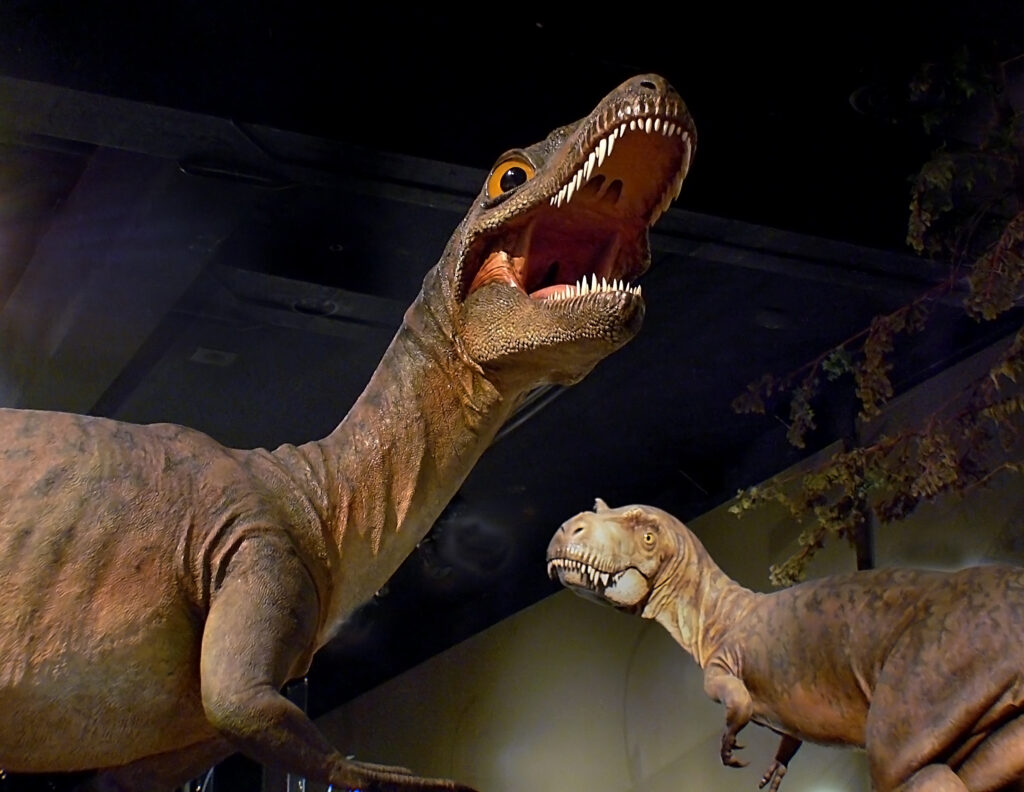
Symbolic communication requires specific neurological capabilities, including the ability to form mental associations between signals and their meanings. The expanded forebrains of some theropod dinosaurs suggest enhanced associative learning capacities that could support symbolic thinking. Studies of bird brains reveal specialized neural circuits for vocal learning and production that likely evolved from structures present in their dinosaur ancestors. The hippocampal formation, important for memory formation, appears well-developed in some dinosaur endocasts, suggesting they could form and recall associations necessary for symbolic communication. While dinosaur brains were structured differently from mammalian brains, they may have evolved convergent neural solutions for similar cognitive challenges, potentially including some form of symbolic processing.
Limitations of the Fossil Record
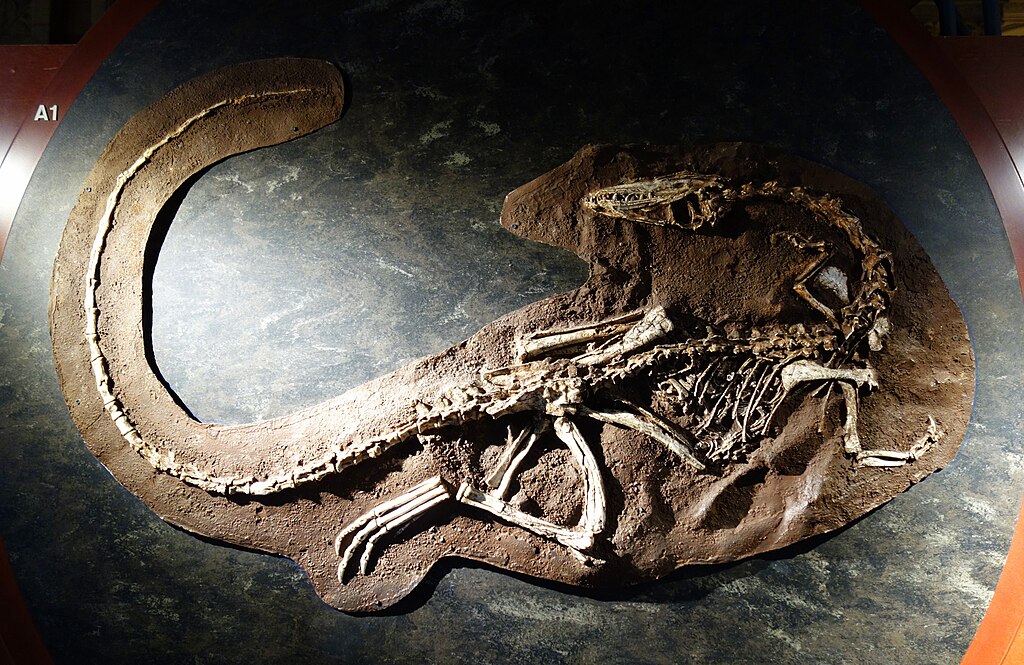
The greatest challenge in determining dinosaur communication capabilities lies in the limitations of fossilization. Soft tissues rarely preserve, leaving us without direct evidence of many structures involved in communication. Vocalizations leave no fossil traces, and behavior fossilizes only indirectly through trackways, nesting sites, and skeletal positioning. Brain tissues themselves do not fossilize, leaving only endocasts that show external brain shape but not internal neural organization or connectivity. These preservation biases mean we must rely heavily on comparative anatomy with living relatives and theoretical models to infer dinosaur communication abilities. The evidence we do have represents only a tiny fraction of dinosaur diversity, potentially missing the most cognitively advanced species or the most specialized communication structures.
Troodontids: The Einstein Dinosaurs?

Among all dinosaur groups, the troodontids present perhaps the strongest case for advanced communication capabilities. These small, bird-like theropods possessed the highest encephalization quotients among non-avian dinosaurs, with brain-to-body ratios approaching those of modern birds. Troodon formosus, with its large eyes and expanded cerebral hemispheres, appears particularly well-equipped for complex information processing. Fossil evidence suggests troodontids had stereoscopic vision, acute hearing, and highly coordinated movements, indicating sophisticated sensory integration. Their close evolutionary relationship to birds places them directly in the lineage where advanced communication was evolving. While speculative, it’s possible that if any dinosaur group developed proto-linguistic abilities or symbolic communication, the highly intelligent troodontids represent our strongest candidates.
Environmental Pressures and Cognitive Evolution

The environmental challenges faced by dinosaurs may have selected for enhanced communication abilities in certain lineages. The late Cretaceous period saw increasing environmental volatility and complex ecosystems with diverse predator-prey relationships. Navigating these challenges would have provided selective advantages to species that could communicate effectively about food sources, predator threats, and territory. Climate fluctuations may have required some species to migrate seasonally, necessitating coordination within groups. The competitive pressures between different dinosaur species likely drove cognitive arms races, potentially including more sophisticated communication systems. These environmental and ecological factors could have created selection pressures favoring the neural adaptations necessary for proto-linguistic or symbolic communication in certain dinosaur clades.
Comparing Dinosaur and Mammal Communication Evolution
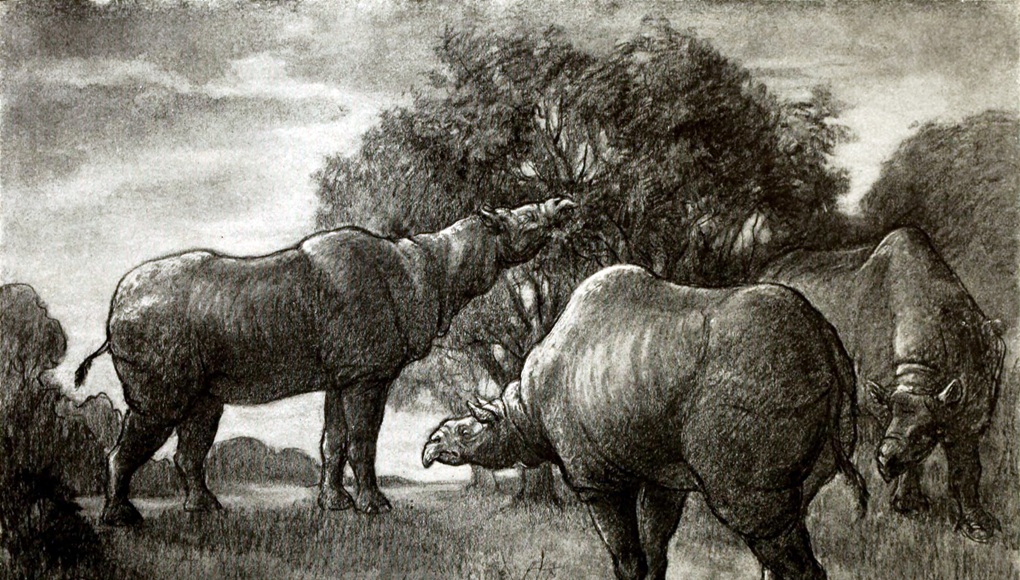
Comparing the evolution of communication in dinosaur and mammalian lineages provides valuable context for understanding what was possible. Mammals and dinosaurs evolved along separate evolutionary paths for over 300 million years, yet both groups independently evolved complex social structures and communication systems. Modern mammals with advanced communication, like dolphins and great apes, show that intelligence and symbolic communication can evolve under the right selective pressures regardless of ancestral starting points. The convergent evolution of complex cognition across such distinct evolutionary lineages suggests the potential for advanced communication is not limited by basic neuroanatomy but emerges from ecological and social needs. This pattern of convergent evolution strengthens the case that some dinosaur lineages could have developed sophisticated communication systems approaching symbolic complexity.
Could Dinosaurs Have Created Lasting Symbols?
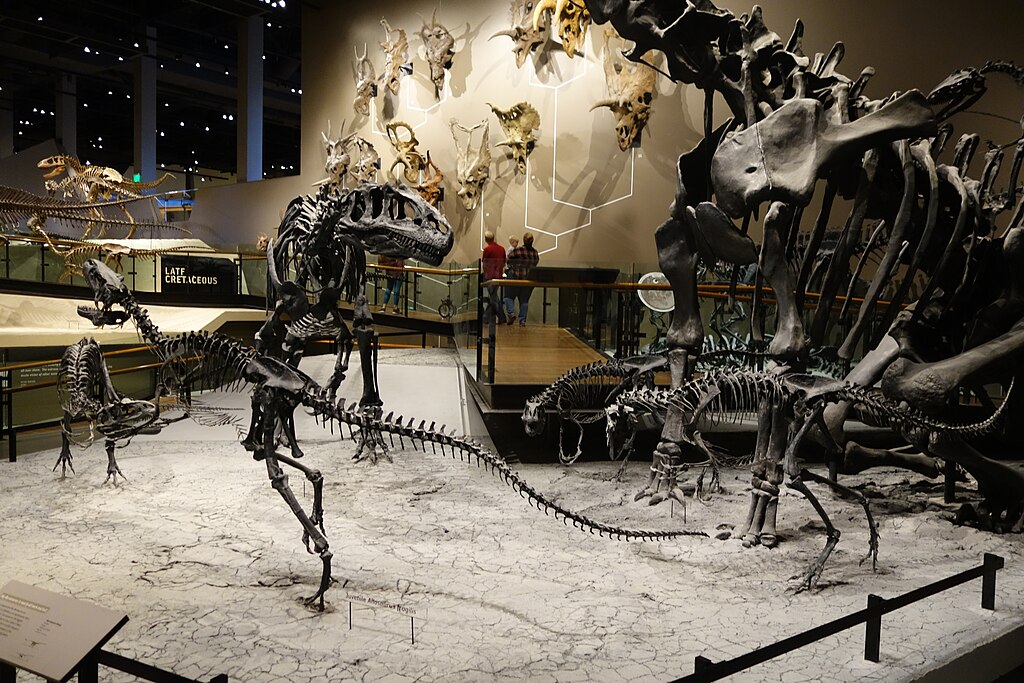
The question of whether dinosaurs might have created physical symbols or markings as communication tools remains highly speculative but intriguing. Some modern birds, particularly corvids, create and use tools, suggesting such capabilities might have evolutionary roots in their dinosaur ancestors. Certain dinosaur species possessed manual dexterity that could theoretically allow for environmental manipulation, particularly the smaller maniraptorans with their grasping hands. However, the creation of lasting symbolic artifacts would require not only the physical ability to create marks but also the cognitive framework to associate those marks with specific meanings across time. While no fossil evidence supports dinosaur-made artifacts, the absence of evidence is not evidence of absence, especially given preservation biases. If such behavior existed, it would most likely have emerged in the most intelligent theropod lineages closely related to birds.
Future Research Directions

Advancing our understanding of dinosaur communication capabilities requires innovative research approaches across multiple disciplines. New fossil discoveries, particularly of well-preserved brain cases and vocal organs, could provide crucial anatomical evidence about communication structures. Refined CT scanning techniques allow increasingly detailed analysis of endocasts, potentially revealing previously undetected brain structures related to communication. Comparative studies of communication in modern birds and crocodilians, the living brackets of the dinosaur family tree, can help establish the ancestral capabilities from which dinosaur communication evolved. Computational models simulating dinosaur sensory capabilities, vocalization potential, and social dynamics may provide theoretical frameworks for testing hypotheses about their communication systems. As paleontology, neuroscience, and behavioral biology continue to advance, our understanding of dinosaur cognitive and communicative abilities will likely become increasingly sophisticated.
Conclusion

While we may never know with certainty whether dinosaurs developed language or symbolic communication, the scientific evidence suggests some species possessed the neurological hardware, social complexity, and ecological pressures that drive the evolution of sophisticated communication systems. The most intelligent dinosaur species, particularly those closely related to birds, may have had communication abilities far more complex than traditionally assumed. Though dinosaur communication likely differed substantially from human language, some species may have possessed proto-linguistic features or symbolic systems adapted to their specific ecological niches and cognitive architectures. As research continues to unveil the remarkable sophistication of dinosaur biology and behavior, we may need to reimagine these ancient creatures not as primitive reptiles but as complex, communicative beings with rich social lives—their calls, displays, and signals forming languages now lost to time.


